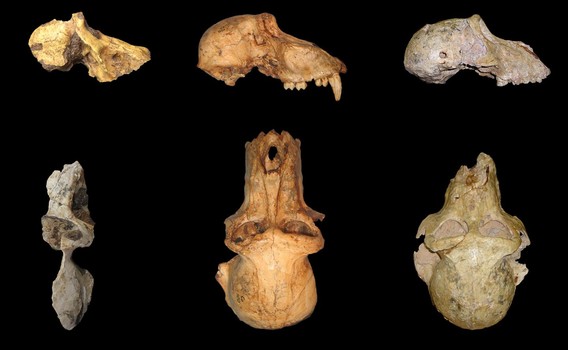Baboons that are anatomically identical to modern baboons dwelt in South Africa between 2 million years ago and 2.4 million years ago according to a newly discovered skull from Malapa in South Africa. Dr. Christopher Gilbert with Hunter College of the City University of New York and colleagues from the University of the Witwatersrand in South Africa are the first to identify the oldest known modern baboon correctly. The discovery and analysis were presented in the edition of the journal Public Library of Science.
Most previously found baboon remains that date to the same time period has been too fragmentary to assign a true genus and species and were presumed to be an ancient baboon lineage called Papio angusticeps. The new specimen is complete enough to identify the baboon as a true member of the modern baboon family called Papio hamadryas. The discovery indicates that modern baboons developed alongside many of the hominins that are considered human ancestors.
The discovery was verified by comparison to molecular clock studies of baboons. Molecular clock studies indicate that the earliest true baboons emerged between 1.8 million years ago and 2.2 million years ago. The age of the Malapa specimen confirms that the baboon is a true modern baboon. Modern baboon species differ from each other due to at least two million years of adaptation in different regions of the world.
Baboons have some similar traits in common with humans. The new discovery indicates the potential that man’s early ancestors may have mated with baboons. Any possible mating between baboons and the early ancestors of man occurred later than 2.2 million years ago. Baboon and human DNA are 91 percent the same.















